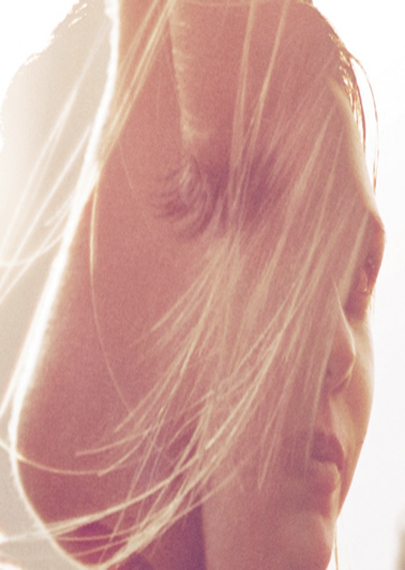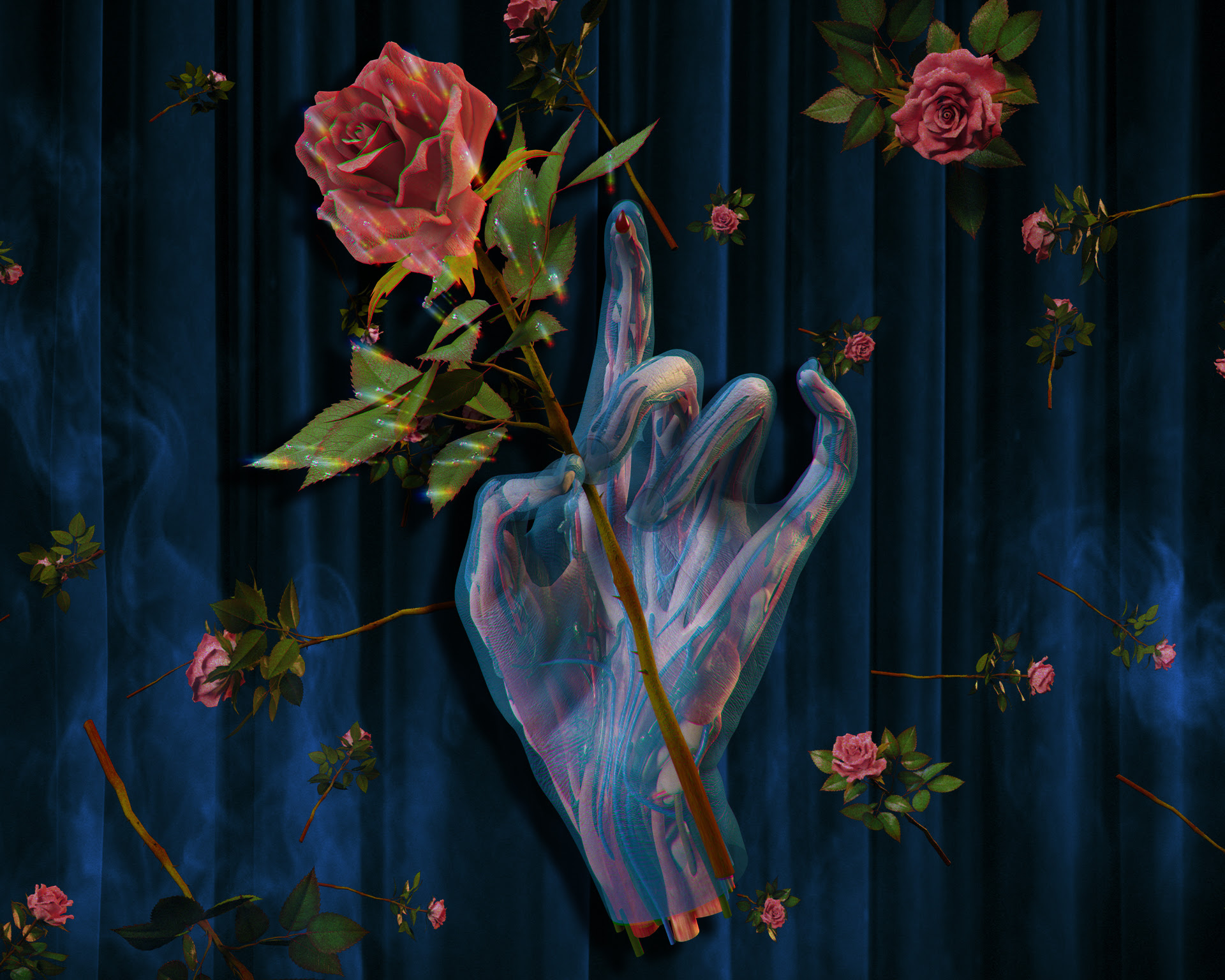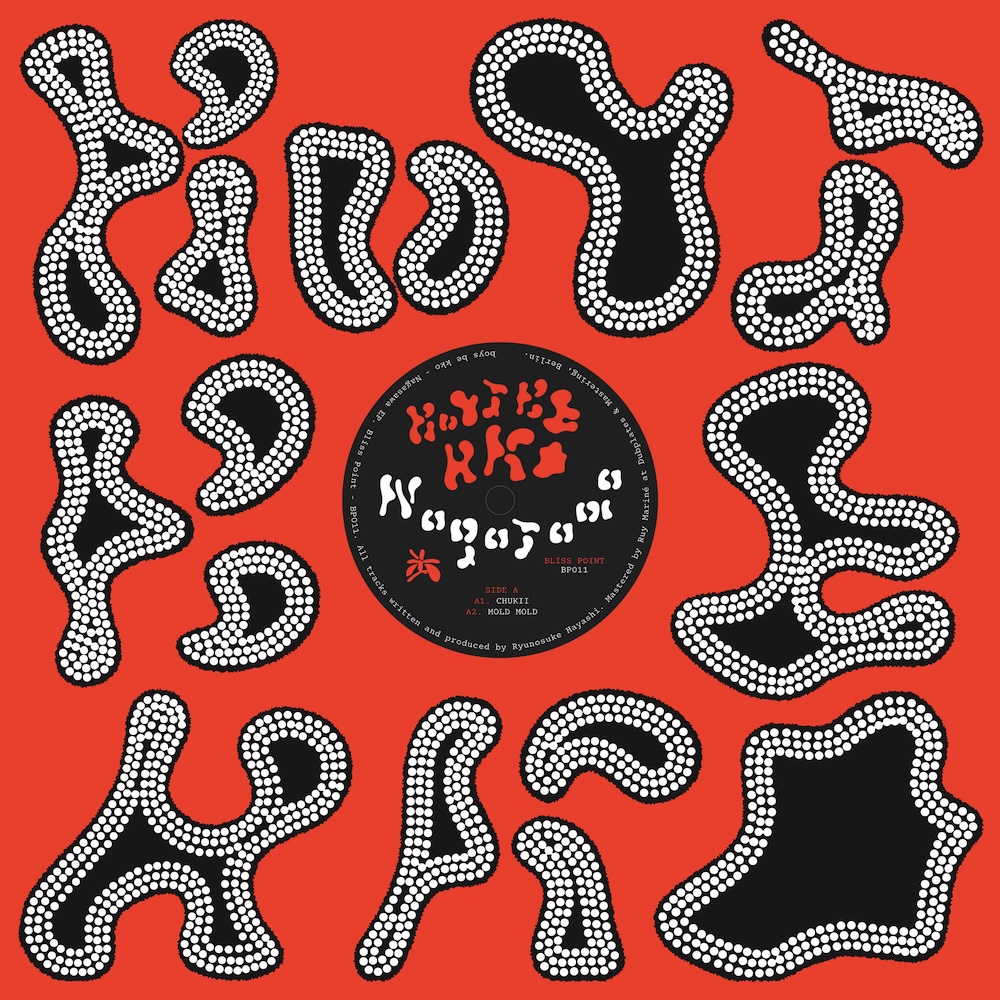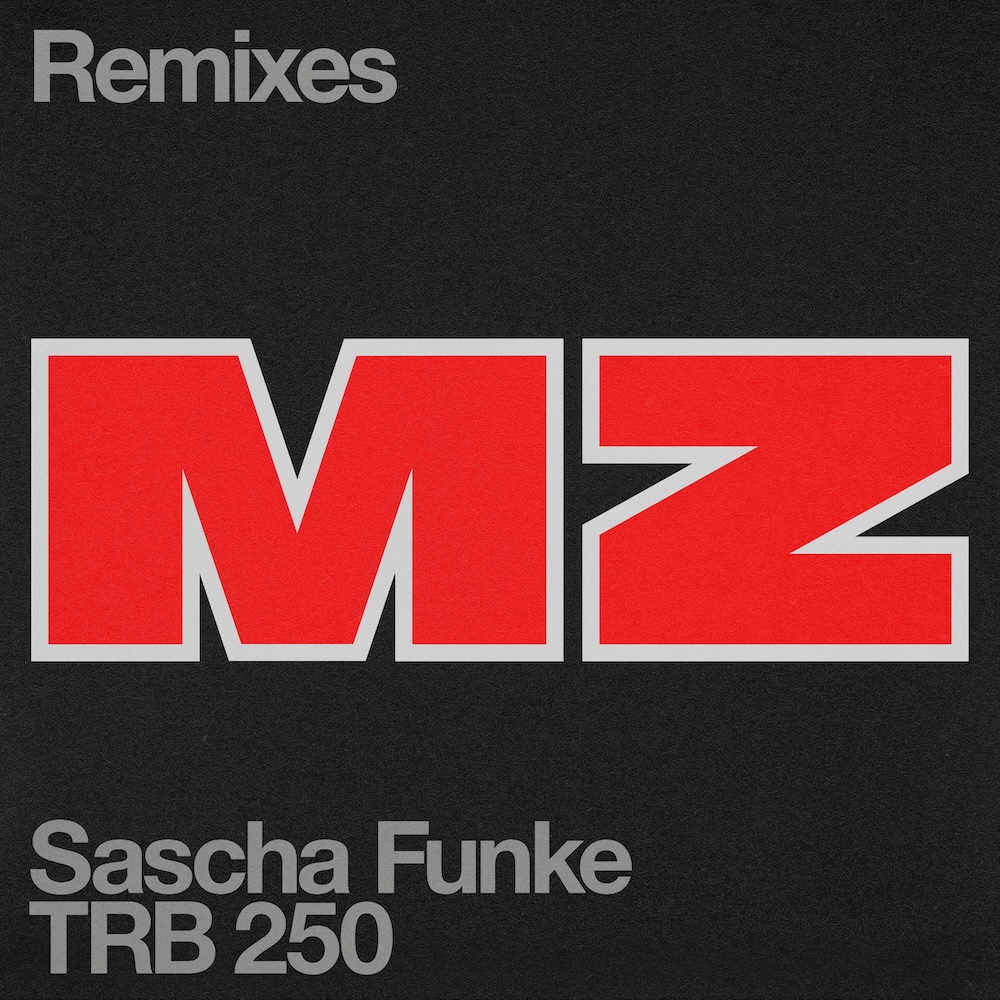Martha Marcey May Marlene

Due to the advertising of this film, one would be forgiven for thinking that this was a hastily thrown together project, with the sole intention of launching the career of the young Elizabeth Olsen, the grainy photography of the advertising a shallow attempt for credibility amongst ‘indie’ films goers. But Olsen’s family ties seem coincidental and irrelevant when considering the strength of ‘Martha Marcey May Marlene’.
The film tells two stories at once; Martha’s (Olsen) time in a mysterious, self sufficient farm community and her recuperation in her sister’s weekend house. The film flutters between both strands of Martha’s life in an incredibly fluid and balanced way. Scenes of Martha questioning her sister’s financial security and middle class surroundings drift into opposing scenes of the strict social practises of the farm, as well as more darkly sexual and violent scenes. It would be easy for such a technique to seem contrived, but the way both story strands oppose each other is made apparent in a straightforward but gentle way, assuming perceptiveness on behalf of the audience that draws you in and breeds personal interpretations.
What makes ‘Martha…’ such a truly unique film is the numerous ways it jumps from one story strand to the other; at times through incredibly slow fades, at others through audio crossovers, others through visual trickery, leading the audience to believe Martha is in one location when she is in fact in the opposite. Because most of the comparisons are left up to the formal elements (applied with great confidence and skill) it means the script does not have to explain as much, which makes ‘Martha…’ not only a more satisfying film but adds to the overall enigma of the story, making the experience extremely engrossing.
The film’s great trick is that it leads the viewer to think they are being shown just as much of both stories, when in fact the vast majority of screen time is being spent at Martha’s sisters house as she attempts to deal with the trauma she has undergone on the farm. This means that only a certain amount of our understanding of the events is based on things we are explicitly shown. The vast majority of our perception exists in our imagination, meaning every audience member leaves with a completely different interpretation, their own unique experience of the film. A truly tantalising yarn is the extremely fleeting references to Martha’s life before she even arrived on the farm. If only I were a sequel fan.
Coming back to the photography, the big relief for fans of independent cinema is that this is one of the most beautifully photographed films of recent times. The use of film rather than digital was not a shallow, stylistic choice. Yes, it gives the film a ‘trendy’ feel not dissimilar to browsing the Urban Outfitters website, but why criticise a film for being aesthetically pleasing? Especially when its practical techniques have been put to such good use in so many areas. The lighting is natural almost throughout and this, coupled with a tender, organic colour pallet not only massages the eyes but makes the film all the more sensual, meaning moments that are more uncomfortable and disturbing borough that much deeper under your skin. At a time when HD visual ‘perfection’ is seeping into all areas of visual media, it is deeply reassuring to see a piece of work with such a commitment to a rougher, grainier look, more akin Terence Mallick’s seventies work, or Gordon Willis’ superb work on the first two Godfather films than the ultra clear photography of much recent cinematic output.
If the film has one slight nagging downside, it is that its commitment to mysterious open-endedness could have been followed through ever so slightly more. It may be nitpicking but, as a lingering afterthought, one can’t help but think that the film would have been even more enigmatic if the treatment of sex and use of violence were completely removed, or at least reigned in to an even greater extent. But this is very slight point; otherwise, this is a thoroughly delicate, near perfect piece of work.


















Must Reads
David Holmes – Humanity As An Act Of Resistance in three chapters
As a nation, the Irish have always had a profound relationship with the people of Palestine
Rotterdam – A City which Bounces Back
The Dutch city is in a state of constant revival
Going Remote.
Home swapping as a lifestyle choice
Trending track
Vels d’Èter
Glass Isle
Shop NowDreaming
Timothy Clerkin
Shop Now